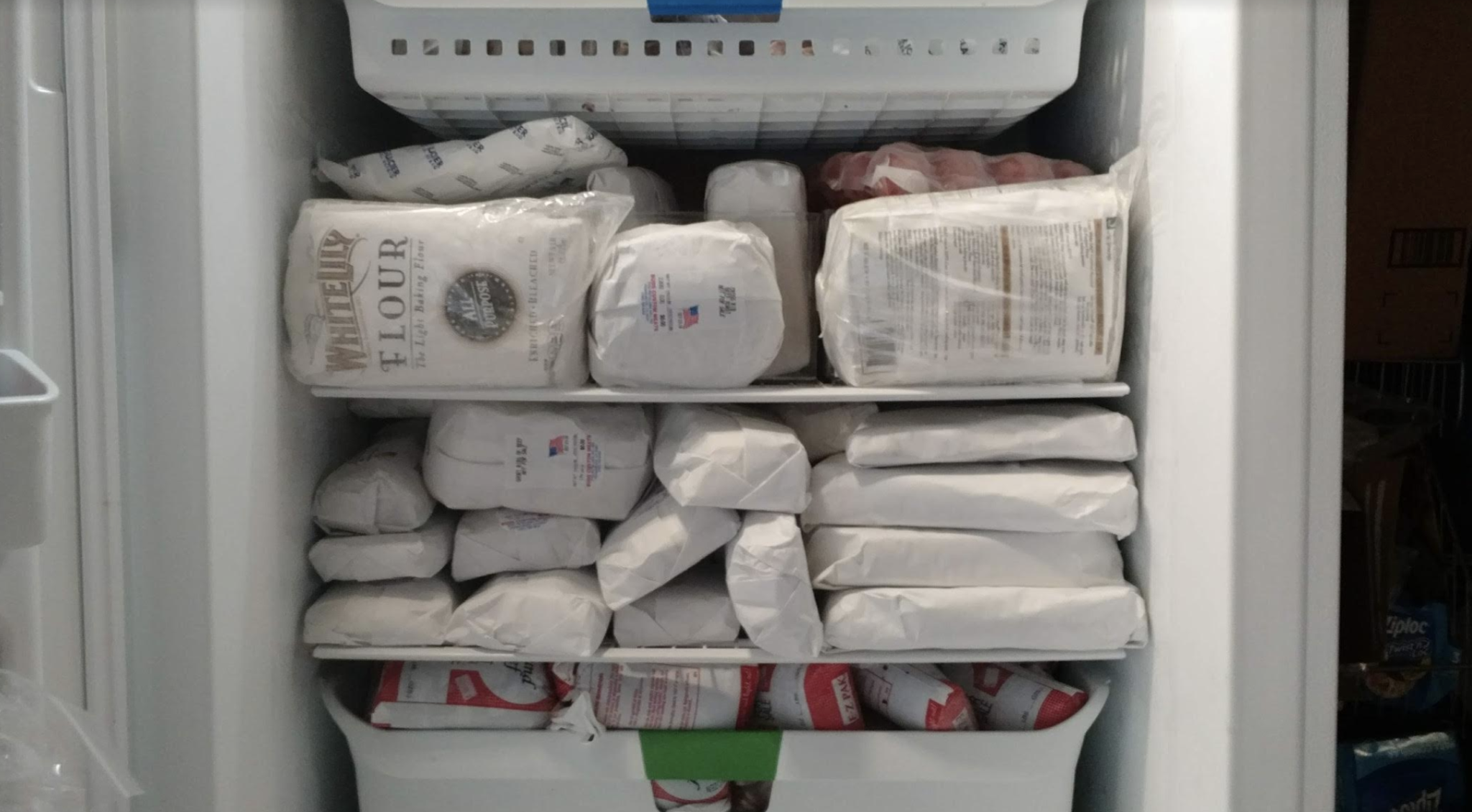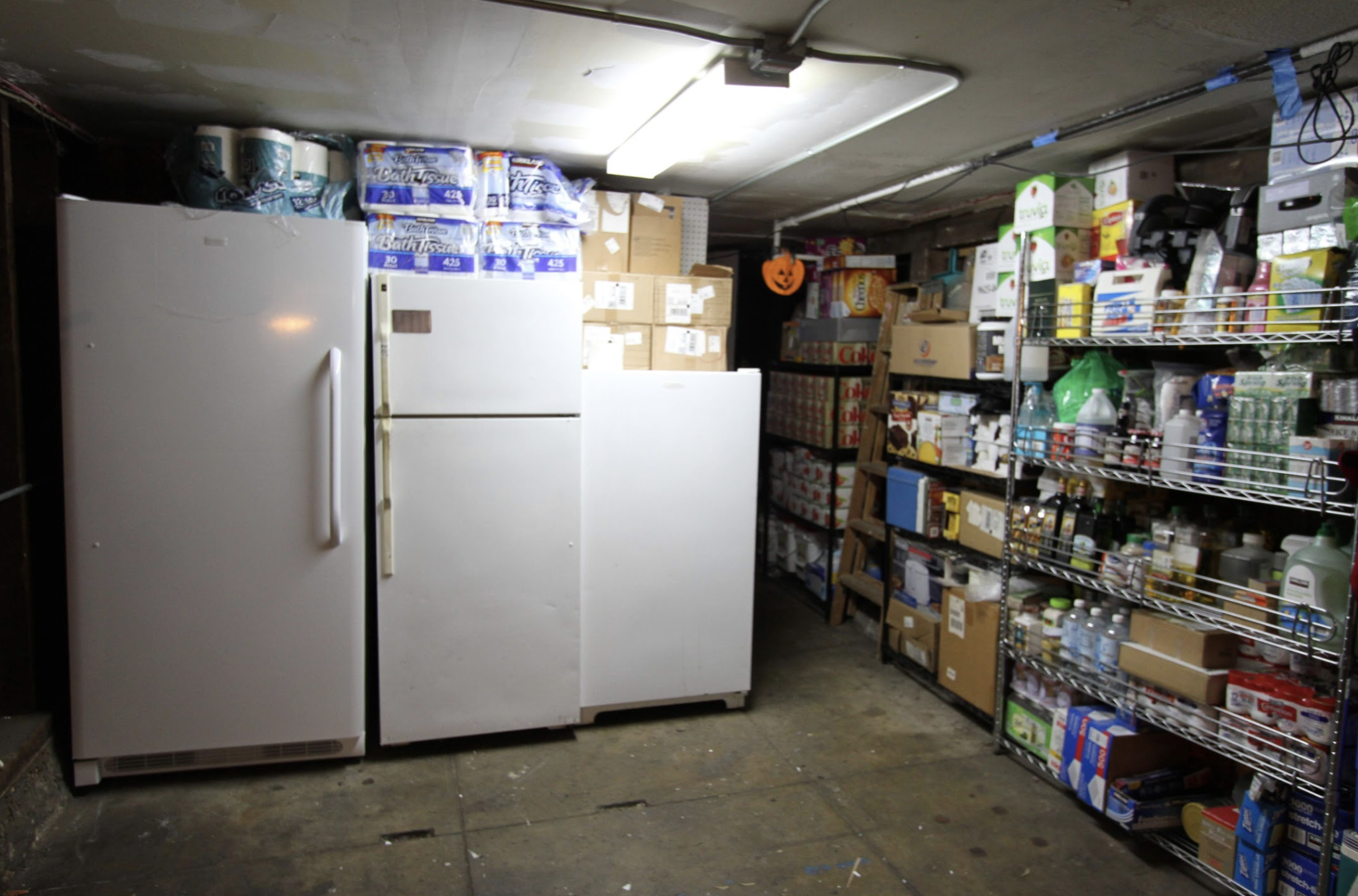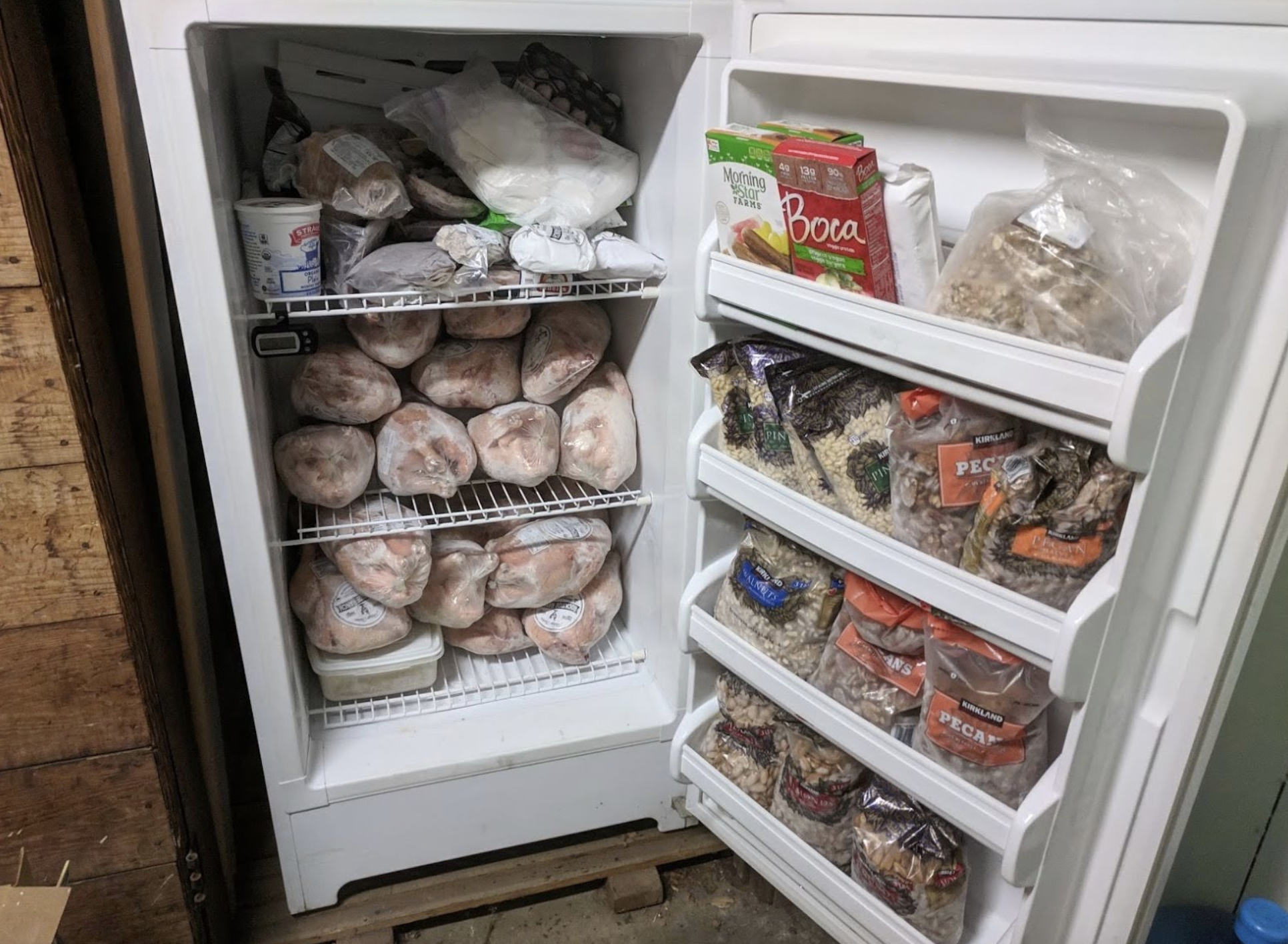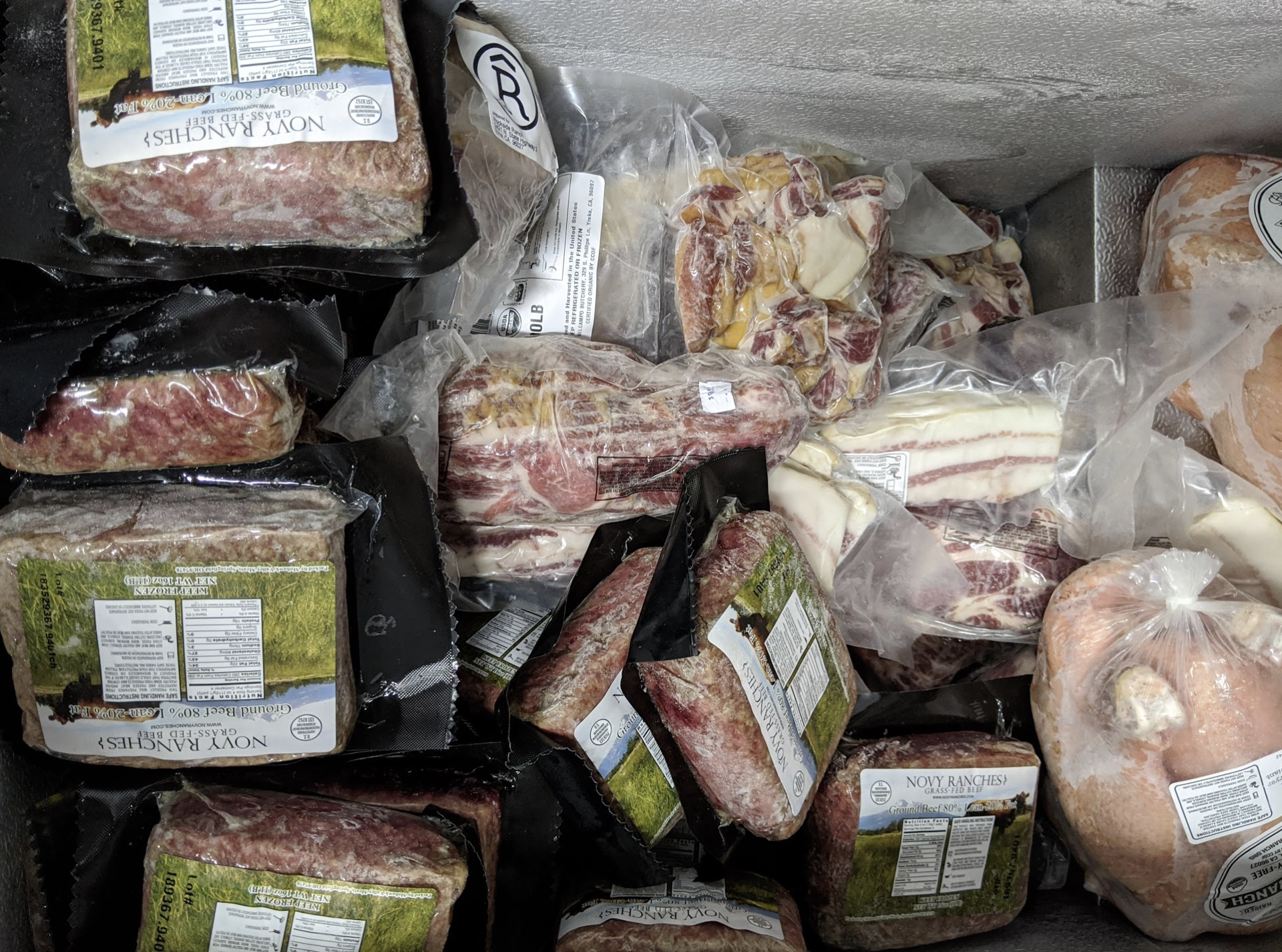Recipes for Disaster
Strong Towns member Johnny Sanphillippo blogs at Granola Shotgun. This post is republished from his blog with permission. You can view the original, with additional photos, here.
Here’s what I made for dinner tonight. I’d like to reverse engineer where this meal came from in light of our current collective situation courtesy of COVID-19. So far the supermarket shelves are still mostly full, give or take some irrational panic buying of select items.
I practice various forms of household preparedness. You could call me a “prepper” if you like, but I’m just doing the stuff all our great-grandparents did a century ago. Did I predict a global illness that would impose household quarantines? No. Have I ever been preoccupied with the brittleness of our attenuated global supply chains? Yes. My preps have always been focused on the risks associated with unemployment and natural disasters. Turns out I was indirectly right by accident. The virus is natural and it did create massive unemployment.
The veggies on the dinner table tonight were pickled string beans and cauliflower. Pickling is simple. You submerge otherwise perishable produce in salt water. The salt prevents pathogens from growing and preserves food without refrigeration. These veggies were put up months ago when fresh local produce was abundant either from the garden or farmers market.
The quinoa we ate tonight was part of a wide variety of grains, seeds, and beans that are always kept on hand. There’s nothing cheaper than dried items of this sort bought in bulk and stored in five gallon buckets. I don’t wait until disaster strikes. This is just what I cook everyday. The line between prepping and normal cooking isn’t well defined because there is no line. Many people can grow most of their own veggies, but very few of us can grow our own grains at the required scale. Buying in bulk and maintaining an individual internal warehouse is the next best option for household resilience.
The chicken came from one of the deep freezers. Over the years I’ve cultivated partnerships with friends and neighbors and worked with them to install freezers anywhere space was available. Then we made bulk purchases of poultry, pork, lamb, and beef directly from farmers. The meat is distributed between us and the cost is shared. Buying a whole cow, pig, or dozens of birds is the best way I know to get top quality local meat at the best price while supporting small scale diversified agriculture. City people need rural communities. And rural communities need the city. One byproduct of this arrangement is that we’re much less dependent on highly leveraged and centralized international corporate blah, blah, blah.
The end result is a full spectrum of good quality ordinary meals that can continue to be served while the outside world experiences various hiccups. Waffles are dead easy to make if you have some flour, baking powder, sugar, eggs, and milk on hand. Maple syrup and honey have a nearly infinite shelf life. Jellies and preserves are a nice compliment. Pull some meat from the freezer or the home pressure canned supply, fry up some eggs (either fresh or powdered from the emergency pantry) and you have food that provides comfort in a crisis without seeming weird.
I like bread and similar baked goods so I maintain a generous supply of wheat. I grind it into flour as needed and turn out tolerable versions of brown bread, cinnamon rolls, Irish soda bread, zucchini bread, banana bread, and so on. There’s nothing quite as soothing on a cold winter day than the smell and warmth of fresh bread from the oven. And I’ve experimented with baking on a propane grill outdoors, a wood stove in a Dutch oven, and a solar oven. Just in case. You never know.
I’m a tea drinker, but everyone else in my life drinks coffee and can’t seem to live without it. I discovered that unroasted coffee beans have a really long shelf life similar to most other dried beans. They only become seriously perishable after they’ve been roasted. So I began buying raw coffee in bulk, storing it in five gallon buckets, and roasting small batches each week. There’s a learning curve, but if you can pop corn you can roast coffee. I have a manual stovetop popcorn popper as well as an electric coffee roaster. I also have both a hand cranked coffee grinder and an electric grinder. Come what may there will be coffee in our house.
Milk is tricky. I much prefer fresh cow’s milk and I use it in my tea and all sorts of recipes every day. But I’ve noticed milk is one of the first things to disappear from supermarket shelves in a crisis. Home canning milk isn’t a safe option according to the authorities. So I keep a reserve supply of various milk-like products in the pantry from tins of La Lechera, to shelf-stable tetra-packs of cream from Trader Joe’s, to cans of coconut milk, to cartons of almond milk. They do the job when needed and are preferable to no milk at all. And deep in the way-way-back of my ultra reserve buckets for the Zombie Apocalypse is the dreaded powdered milk. There may even come a day when that’s better than nothing.
The present COVID-19 quarantine has reminded us that we’re all exquisitely vulnerable to large, hyper-complex systems we have no control over. It’s also a wake up call that even if the big box stores and Amazon Prime deliveries are up and running that might not help individuals if they don’t have cash to pay for what’s needed. What I’ve done is incrementally created redundancy at home to balance the super-efficient just-in-time systems of the outside world. The primary benefit is peace of mind when others are freaked out. It’s worth doing.













This neighborhood’s bulk-buying club for fresh fruit and veggies presents a model that other communities can easily emulate.